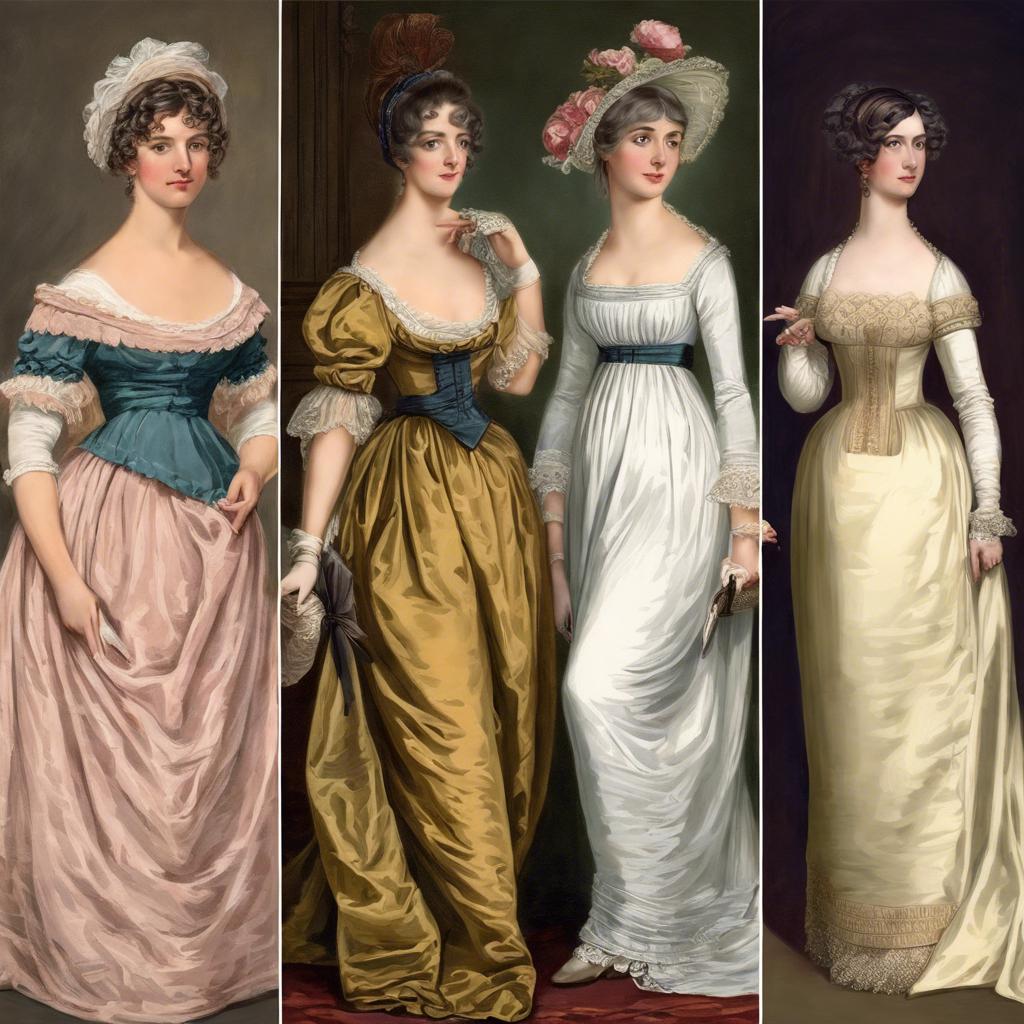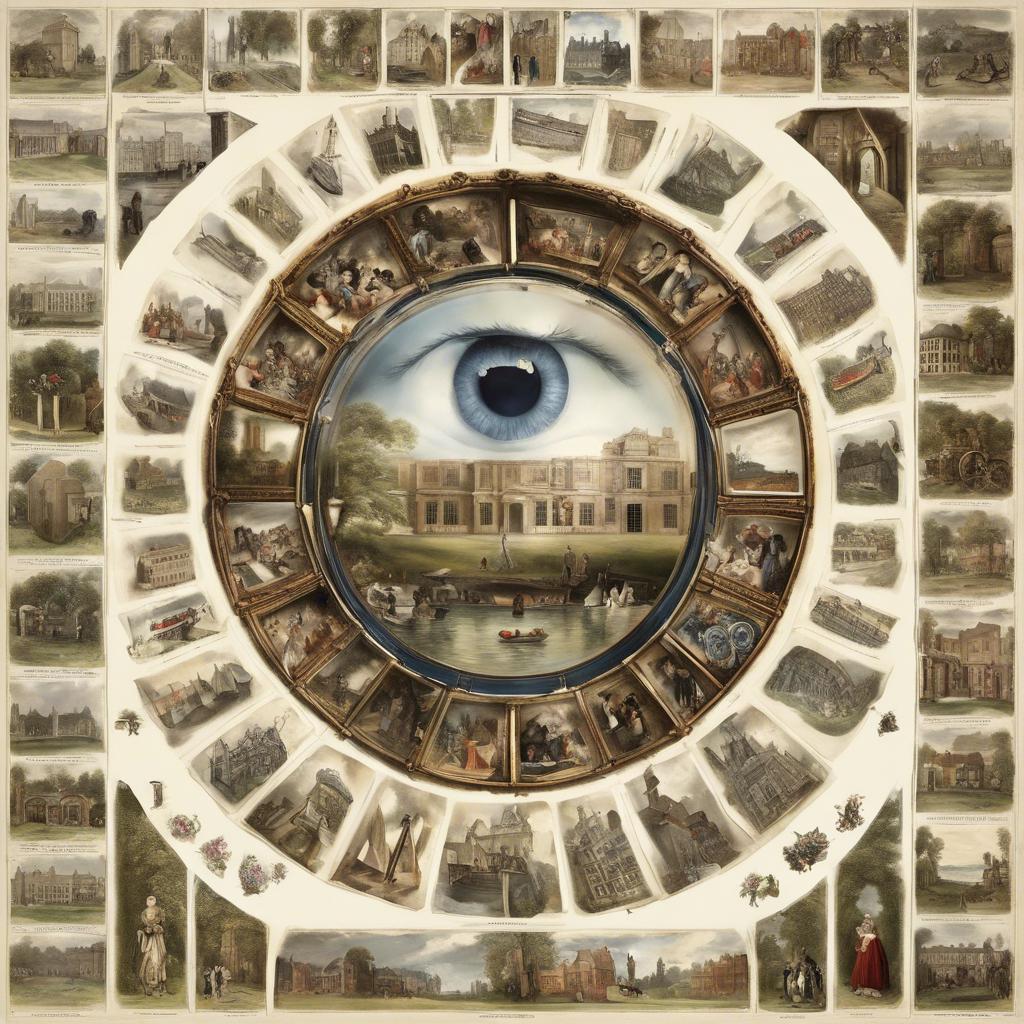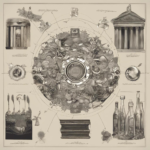During the early 19th century, England experienced a period of elegance, refinement, and cultural revival known as the Regency era. Characterized by the reign of King George IV, this era was marked by significant social, political, and artistic changes that continue to shape modern perceptions of the period. From the rise of Jane Austen’s literary masterpieces to the extravagant social gatherings hosted by the elite, Regency England was a time of both opulence and refinement. Join us as we delve into the fascinating world of Regency-era England and explore the people, events, and customs that defined this captivating period in history.
Step Into the World of Cheryl Bolen
Dive into the enchanting stories of love, intrigue, and elegance set in the Regency Era. Cheryl Bolen's novels offer timeless romance and captivating tales that will leave you wanting more.
Explore Cheryl Bolen's Books Now
Elegant Fashion Trends in Regency Era England
In Regency Era England, fashion was a symbol of status and elegance. Women’s clothing was characterized by empire waistlines, long flowing dresses, and delicate fabrics such as muslin and silk. The silhouette was soft and feminine, emphasizing a natural waistline and delicate shoulders. Accessories such as gloves, parasols, and reticules were essential to complete the look.
Men’s fashion in the Regency Era was equally elegant, with tailored coats, waistcoats, and breeches being the standard attire. The most popular colors for men’s clothing were dark blues, blacks, and greys. Cravats, top hats, and walking sticks were important accessories that added a touch of sophistication to every outfit.
The Regency Era was a time of great attention to detail in fashion, with intricate embroidery, delicate lacework, and fine beadwork adorning both men’s and women’s clothing. Fabrics were often imported from exotic locations such as India and the Far East, adding a touch of luxury to every outfit. The strict social etiquette of the time meant that dressing appropriately was essential, and fashion was used as a way to express one’s status and taste.
Sophisticated Social Etiquette and Customs of Regency Society
The Regency era in England was a time of refined social customs and intricate etiquette rules that governed the behavior of the upper classes. It was a period of elegance, sophistication, and strict adherence to societal norms.
One of the most important aspects of Regency society was the art of conversation. Polite discourse was highly valued, and individuals were expected to engage in intellectual discussions on a wide range of topics. **Topics such as literature, politics, and philosophy were considered appropriate for conversation**, while more controversial subjects like religion or personal finances were to be avoided.
Another key aspect of Regency social etiquette was the strict rules regarding courtship and marriage. **Courtship was a formal process that involved strict adherence to social boundaries and expectations**. Marriage was often seen as a strategic alliance between families, with love being a secondary consideration. **Arranged marriages were common, and the concept of marrying for love was not as prevalent as it is today**.
Literary Masterpieces and Influential Authors of the Regency Period
In the early 19th century, Regency Era England was a time of great literary achievement and influential authors. Some of the most celebrated literary masterpieces of this period include Jane Austen’s “Pride and Prejudice,” a timeless novel exploring themes of love, class, and societal expectations. Another notable work is Lord Byron’s epic poem “Childe Harold’s Pilgrimage,” which captivated readers with its romanticism and vivid imagery.
The Regency period also saw the rise of influential authors such as Mary Shelley, whose groundbreaking novel “Frankenstein” challenged traditional ideas about science and morality. Sir Walter Scott, known for his historical novels like “Ivanhoe,” transformed the literary landscape with his vivid storytelling and colorful characters. These authors not only entertained readers but also shaped the cultural and intellectual discourse of their time.
The Regency Era was a golden age of literature, with authors like Samuel Taylor Coleridge and John Keats producing timeless works that continue to be studied and admired today. As the era gave way to the Victorian period, the influence of these literary masterpieces and authors continued to resonate, shaping the literary landscape for generations to come.
Grand Regency Architecture and Landscapes: Must-Visit Locations for History Enthusiasts
The Grand Regency era in England was a pivotal time in history marked by exquisite architecture and meticulously designed landscapes. History enthusiasts will be delighted to explore the following must-visit locations to truly immerse themselves in the opulence and grandeur of this era:
Explore the majestic Chatsworth House, a renowned example of Regency architecture nestled in the heart of the Peak District. This stately home boasts ornate interiors, stunning gardens, and a rich history dating back to the 16th century. Visitors can marvel at the grandeur of the Painted Hall, wander through the carefully manicured grounds, and appreciate the fine collection of art and antiques on display.
Step back in time at Blenheim Palace, a UNESCO World Heritage Site that showcases the splendor of the Regency period. This magnificent palace, birthplace of Sir Winston Churchill, features Baroque architecture, sprawling gardens designed by Capability Brown, and opulent State Rooms filled with treasures. History enthusiasts can also enjoy exploring the surrounding parkland and lakeside walks for a truly immersive experience.
Immerse yourself in history at Regent’s Park in London, a prime example of Regency-era landscaping. Designed by renowned architect John Nash, this picturesque park offers tranquil green spaces, ornamental gardens, and iconic landmarks such as the elegant Nash terraces. Visitors can stroll along the tree-lined avenues, admire the striking Regency villas, and soak in the timeless beauty of this historic park.
To Conclude
the Regency Era in England marked a significant period of transition and change, characterized by the enduring legacy of the Prince Regent and the rise of literature, art, and fashion. Despite its challenges, this era left an indelible mark on British society and culture, shaping the course of history for years to come. As we reflect on this defining period of English history, we are reminded of the resilience and innovation of the people who lived through it, and the lasting impact they have left on the world. May we continue to draw inspiration from their experiences and achievements as we navigate our own path forward.


